- No products in the cart.
Clopidogrel-quinacrine tab n / 75mg film about 30 pc
Etamsylate Injection 125mg / 2ml amp ml 10 units
$2.49
Heparin solution and / I / / n / k 5000me / ml 5ml vial 5 pcs
$15.99
$11.36
Clopidogrel-quinacrine tab n / 75mg film about 30 pc
Description
Composition
Active substance:
Clopidogrel hydrogen sulfate of clopidogrel equivalent – 75.0 mg.
Excipients:
A well to a m s s m o n o d p and d and m – 7 5 0 m g c e l l u l o s and microcrystalline -76.0 mg pregelatinized starch – 46.75 mg, castor e hydrogenated oil – 6.0 mg macrogol 6000 – 2.5 mg colloidal silicon dioxide – 2.0 mg talc – 10.0 mg crospovidone – 7.0 mg.
The composition of the film coating: Hypromellose 15 – 5,668 mg, titanium dioxide – 3.0 mg, propylene glycol – 1.1 mg iron oxide red dye (E 172) – 0.132 mg.
Description:
Round tablets film-coated pink.
Round tablets film-coated pink.
Product form:
Film-coated tablets 75 mg. 10 tablets in blister Aluminum / Aluminum. 3 or blisters 9 together with instructions for use in a cardboard pack. 15 tablets in blister Aluminum / Aluminum. 1 or 2 blisters together with instructions for use in a cardboard pack.
Contraindications
Hypersensitivity to clopidogrel or any of the excipients of the drug. – Severe hepatic insufficiency. – About a t r o e a r o lo ev n e, n ap p and m e p a r o in from ev n e and s n e n t and h e c to d ed in s and l and intracranial hemorrhage. – Rare hereditary lactose intolerance, lactase deficiency and glucose-galactose malabsorption. – Pregnancy and lactation (see section “Pregnancy and lactation”.). – D is sky age of 18 years (baa zopasno st and st effectively not established).
With caution when – y m e r e n n o d f e h e n o h n o d N e d of s t a t o h n o s t u, n p and h o r o d in of of m x n of a predisposition to bleeding (limited clinical experience); – renal insufficiency (limited clinical experience); – injuries, surgery (see “Special Instructions”.); – diseases in which there is a predisposition to bleeding (especially gastrointestinal or intraocular); – simultaneous administration of nonsteroidal anti-inflammatory drugs, including selective inhibitors of cyclooxygenase-2 (COX-2); – simultaneous appointment ACK warfarin, heparin, inhibitors of glycoprotein IIb / IIIa; – hereditary reduction isoenzyme CYP2C19 function.
Dosage
75 mg
Indications
Application of prevention of thrombotic complications in patients after myocardial infarction, stroke, thrombosis, peripheral artery disease, sudden cardiovascular death) in patients with atherosclerosis (including post-myocardial infarction, ischemic stroke, or on the background of peripheral artery disease and acute coronary syndrome segment elevation ST – unstable angina or myocardial infarction without formation prong Q – in combination with acetylsalicylic acid (ASA) and acute myocardial infarction with lifting ST interval with ASA in patients receiving drug therapy with the possible use of thrombolytic therapy).
Interaction with other drugs
Warfarin: simultaneous reception BME ste clopidogrel can increase the intensity of bleeding, so the use of this combination is not recommended. And n g and b and a m p s ch and to p r o t e and n and II b / III a r e c e n to r of the location n and s n aq n e n g and b and the p o in glycoprotein IIb / IIIa receptor in conjunction with clopidogrel requires caution in patients who have an increased risk of bleeding (trauma and surgery or other pathological conditions) (see. “Special instructions”).
Acetylsalicylic acid: acetylsalicylic acid does not alter the effect of clopidogrel, inhibits ADP-induced platelet aggregation. However, simultaneous with clopidogrel acetylsalicylic acid 500 mg 2 times a day in L without causing significant point increase bleeding time for 1 day, the local reception clopidogrel. Between clopidogrel and acetylsalicylic acid may pharmacodynamic interaction, which leads to increased risk of bleeding. By this, when their simultaneous use caution, although clinical trials of patients received a combination therapy with clopidogrel and acetylsalicylic acid up to one year. Fibrinspetsificheskie fibrinnespetsificheskie or thrombolytic agents and heparin: Safety of combined use with clopidogrel has been studied in patients with acute myocardial infarction. The incidence of clinically relevant bleeding was similar to that observed in the case Sovmen stnogo use of thrombolytic agents and heparin, acetylsalicylic acid. According to a clinical trial conducted in healthy individuals, while taking clopidogrel did not need to change the dose of heparin and did not change its anticoagulant effect. The simultaneous use of heparin did not alter the antiplatelet effect of clopidogrel. Between clopidogrel and heparin may farmakologiche skoe interaction, which may increase the risk of bleeding, this simultaneous use of these drugs e r rebuet caution.
Nonsteroidal anti-inflammatory drugs (NSAIDs): Clinically skom in a study conducted in healthy volunteers, the combined use of clopidogrel and naproxen increased hidden blood loss through the gastrointestinal tract. However, due to the lack of research on the interaction of clopidogrel with other NSAIDs, it is not known the time, whether there is an increased risk of gastrointestinal bleeding when taking clopidogrel with other NSAIDs. Therefore, the appointment of NSAIDs, including COX-2 inhibitors, in combination with clopidogrel should be undertaken with caution (see. “Special Instructions”).
Simultaneous treatment with CYP2C19 inhibitors (e.g., omeprazole) is not recommended. Klopidorgela active metabolite inhibits isozyme CYP2C9, whereby the concentration can be increased phenytoin, tolbutamide and NSAIDs to plasma.
Overdose
Symptoms: prolonged bleeding, hemorrhagic complications.
Treatment: stop the bleeding, transfusion of platelets.
pharmachologic effect
Pharmacological group:
antiplatelet agent
Antiplatelet agents.
Pharmacodynamics:
One of the active metabolite of clopidogrel is a platelet aggregation inhibitor. The active metabolite of clopidogrel selectively inhibits the binding of adenosine difo SFAT (ADP) with the platelet receptor and following ADP-mediated activation of the glycoprotein IIb / IIIa complex, resulting in suppression of platelet aggregation. Due to the irreversible binding of platelets remain impervious to ADP stimulation throughout the remainder of their useful life (approximately 7-10 days), and the restoration of normal functions of platelets occurs at a rate corresponding to the update rate of platelets.
A g p e r a tio n m p th W o n and then, in s of va n n I a nd n and m and m and exc and h n s m and A D F, T but to also inhibited by blocking the increased activation of platelet ADP releasable.
Clopidogrel is capable of preventing development of atherothrombosis in any localizations of atherosclerotic vascular lesions, especially in patients with lesions of the cerebral, coronary or peripheral arteries. With daily administration of clopidogrel at a dose of 75 mg from day reception marked significant inhibition of ADP – induced platelet aggregation is gradually increased within 3-7 days, and then goes to a constant level (when reaching equilibrium). In equilibrium aggregation so rombotsitov suppresses camping on average by 40-60%. As follows cessation of clopidogrel platelet aggregation, and bleeding time gradually returned to baseline levels, on average, for 5 days.
Pharmacokinetics:
Suction
In exchange orally at a dose of 75 mg per day, clopidogrel is rapidly absorbed. Mean maximum concentrations of clopidogrel constant blood plasma (approximately 2.2-2.5 ng / ml after oral administration of a single dose 75 mg) was achieved after about 45 minutes after administration. According to the excretion of metabolites in the urine of clopidogrel its absorption is approximately 50%.
Distribution In vitro clopidogrel and its main circulating metabolite in the blood inactive reversibly bind to plasma proteins (98% and 94%, respectively).
Metabolism
Clopidogrel is extensively metabolized in the liver. In vitro and in vivo Clopidogrel is metabolized in two ways: first by esterases and subsequent hydrolysis with o b r a s a va n e m n e a ct and n o th n r o and z ML n o th ka p b of COP o m n o j k and l from s (8 5% of circulating metabolites), and the second way – through the cytochrome P450 system.
breeding
About 50% is excreted in urine and about 46% – with the feces. After a single oral dose of 75 mg clopidogrel half-life of about 6 hours. After a single dose and repeated doses receiving main circulating half-life in the blood inactive metabolite is 8 hours.
Separate groups of patients pharmacokinetics of the active metabolite of clopidogrel in separate groups of patients studied. In the elderly Pharmacokinetics is the same as that of persons
Faces of Childhood: not available. Impaired Renal Function:
After repeated receptions of clopidogrel 75 mg / day ADP inhibition – induced platelet aggregation in patients with severe renal impairment (creatinine clearance of 5 to 15 ml / min) was lower (25%) compared with those in healthy volunteers but the elongation time bleeding was similar to that in healthy volunteers who received clopidogrel 75 mg per day. Abnormal liver function: After daily for 10 days clopidogrel in a daily dose of 75 mg in patients with severe liver inhibition of ADP-induced platelet aggregation was similar to that in healthy volunteers. The mean bleeding time was also comparable in both groups.
Pregnancy and breast-feeding
The drug is contraindicated during pregnancy and lactation (breastfeeding).
Conditions of supply of pharmacies
On prescription.
side effects
Bleeding – the most common reaction that occurs during the first syatsa IU dose. Cases of severe bleeding reported in patients taking clopidogrel along with aspirin or clopidogrel with acetylsalicylic acid and heparin (see. Section “Special Instructions”). The frequency of side effects is determined according to the following definitions: very often – 1/10 more often – 1/100 over 1.10 and less infrequently – more than 1/1000 and less than 1/100, rare – 1/10000 more and less than 1 / 1000 is very rare – less than 1/10000, including isolated cases. Within each class frequencies undesirable effects are presented in order of decreasing severity.
From the side of hematopoiesis: rarely – thrombocytopenia, leukopenia, eosinophilia; rarely – neutropenia, including expressed; very rarely – thrombotic trombotsitopeniche Skye purpura, anemia, including aplastiche Skye, pancytopenia, agranulocytosis, severe thrombocytopenia, granulocytopenia. Allergic reactions: very rare – anaphylactic reaction, serum sickness.
From the nervous system: rarely – headache, dizziness, paresthesia, intracranial bleeding, including fatal; very rare – confusion, hallucinations, taste disturbance.
From the sensory organs: rarely – a hemorrhage in the conjunctiva, the eye, the retina; rare – vertigo.
With the cardiovascular system: often – hematoma; very rarely – severe bleeding, bleeding from the surgical wound, vasculitis, decreased blood pressure.
The respiratory system: very often – nosebleeds, rarely – bronchospasm, interstitial pneumonitis, pulmonary hemorrhage, hemoptysis. From the digestive system: often – diarrhea, abdominal pain, dyspepsia; bleeding from the gastrointestinal tract (GIT): Infrequent – gastric ulcer and duodenal ulcer, gastritis, vomiting, nausea, constipation, flatulence; rarely – retroperitoneal bleeding; very rarely – pancreatitis, colitis (including ulcerative or lymphocytic colitis), stomatitis, acute liver failure, hepatitis, impaired liver function tests, bleeding from the gastrointestinal tract with a fatal outcome.
For the skin: often – bruising; seldom – a skin rash, pruritus, purpura; very rarely – angioedema, urticaria, erythematous rash, erythema multiforme, Stevens-Johnson syndrome, toxic epidermal necrolysis, eczema, lichen planus.
On the part of the musculoskeletal system: very rarely – hemarthrosis, arthritis, arthralgia, myalgia.
With the genitourinary system: rarely – hematuria; very rare: glomerulonephritis, giperkreatinemiya.
Local reactions: often – bleeding at the injection site. Laboratory findings: rare – prolonged bleeding time. Other: very rarely – fever.
special instructions
In the case of surgery if antiplatelet effect is not desired, treatment should be discontinued 7 days prior to surgery. Patients should be warned that as stop occurring during treatment of bleeding of the drug requires more time, they should be reported to the district Ah at about ka w d th il y h a e n e a b s h n o th to p o in by ev e n s. B ol s n s e d ol w n s t and to the same, and n f rm and r o vat s in the p av and o p q r and e m e n d e n and p atm and e with l and u m n p U toy with a m n e p atom and n s e intervention (including dental), or if the doctor prescribes a drug for a new patient. The period of treatment is necessary to monitor system performance hemostasis (activated partial tromboplasticheskoe new time (APTT), platelet count, platelet function tests); regularly examine the functional activity of the liver.
In severe hepatic dysfunction should be aware of the risk of hemorrhagic diathesis. Not recommended for patients with ischemic stroke prescription of less than 7 days. Formulations containing hydrogenated castor oil, can cause diarrhea and dyspepsia.
On h e n s p e q to n and p o n e n d and e m a k l o p and d o d p tio n and p and s in and a l and a s t r o m W o t and h e c a I thrombocytopenic purpura, sometimes after short-term use. The condition is characterized by thrombocytopenia and microangiopathic hemolytic anemia associated with neurological disorders, renal disease and fever. Thrombotic thrombocytopenic purpura – a potentially life-threatening condition that requires immediate treatment including plasmapheresis.
The ability to drive a vehicle
Clopidogrel has no effect or little effect on the ACT sobno st driving and using machinery.
Storage conditions
In dry protected from light at a temperature not higher than 25C.
Keep out of the reach of children.
Dosing and Administration
Adults and the elderly
Clopidogrel is taken orally, regardless of the meal.
Myocardial infarction, ischemic stroke and diagnose peripheral arterial occlusive disease
The drug is taken by 75 mg once a day. In patients with myocardial infarction (MI) treatment can begin from the first days up to 35 days myocardial infarction, and in patients with ischemic stroke (IS) – in the period from 7 days to 6 months after AI.
Acute coronary syndromes without ST segment lift (unstable angina, myocardial infarction without tooth Q)
clopidogrel treatment should be initiated with a single dose of a loading dose of 300 mg, and then continue taking a dose of 75 mg once daily (in combination with acetylsalicylic acid at doses of 75 – 325 mg per day). Because the use of higher doses of acetylsalicylic acid associated with increased bleeding risk, the recommended dose in this indication acetylsalicylic acid should not exceed 100 mg. The maximum beneficial effect is observed for the third month of treatment. The course of treatment up to 1 year.
Acute myocardial infarction with ST segment elevation
Clopidogrel is assigned a single dose of 75 mg once a day with a single dose of the initial loading dose in combination with acetylsalicylic acid and thrombolytic agents (with or without thrombolytic drugs). Combination therapy is started as early as possible after the onset of symptoms and continued for at least four weeks. In patients older than 75 years treated with clopidogrel should start without receiving a loading dose of it.
Information
Appearance may differ from that depicted in the picture. There are contraindications. You need to read the manual or consult with a specialist
Additional information
| Weight | 0.100 kg |
|---|---|
| Manufacturer | QUINACRINE INN |

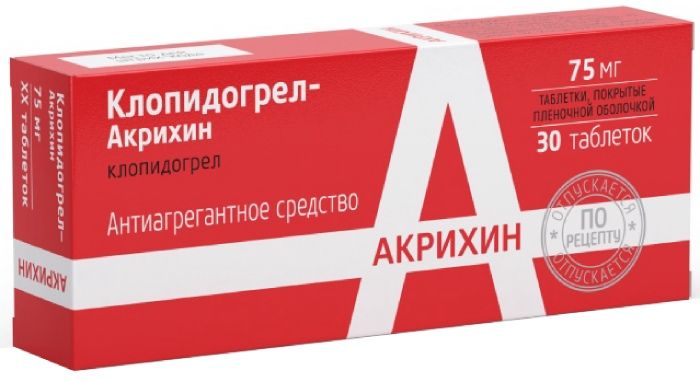
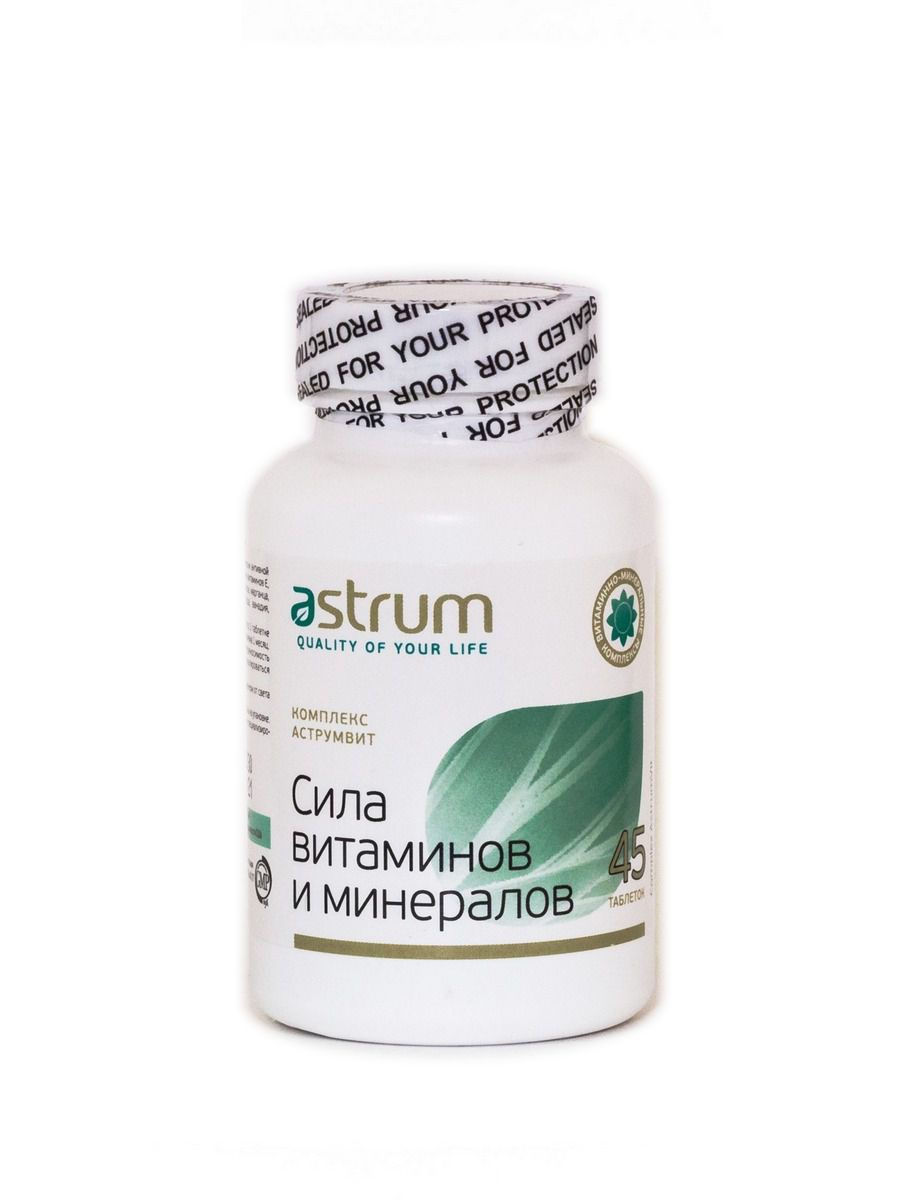
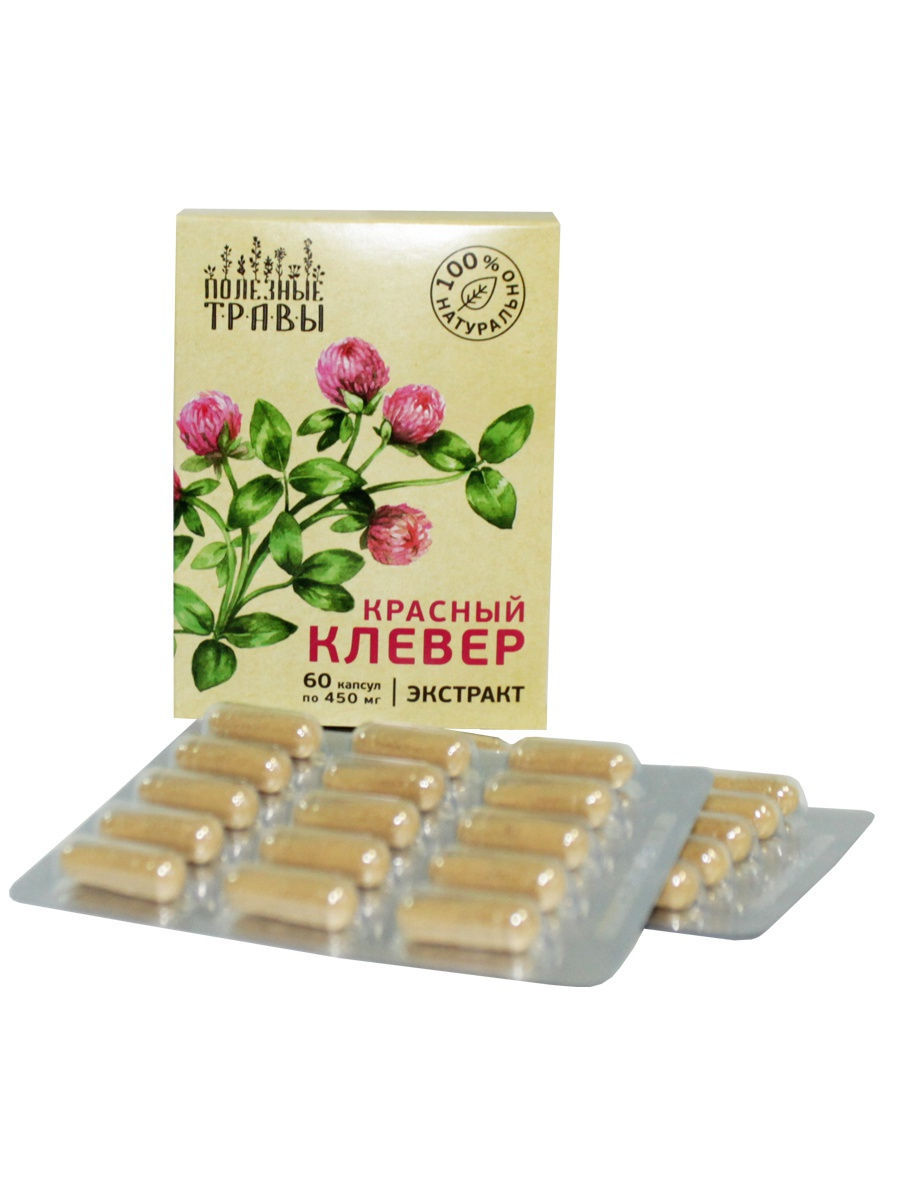
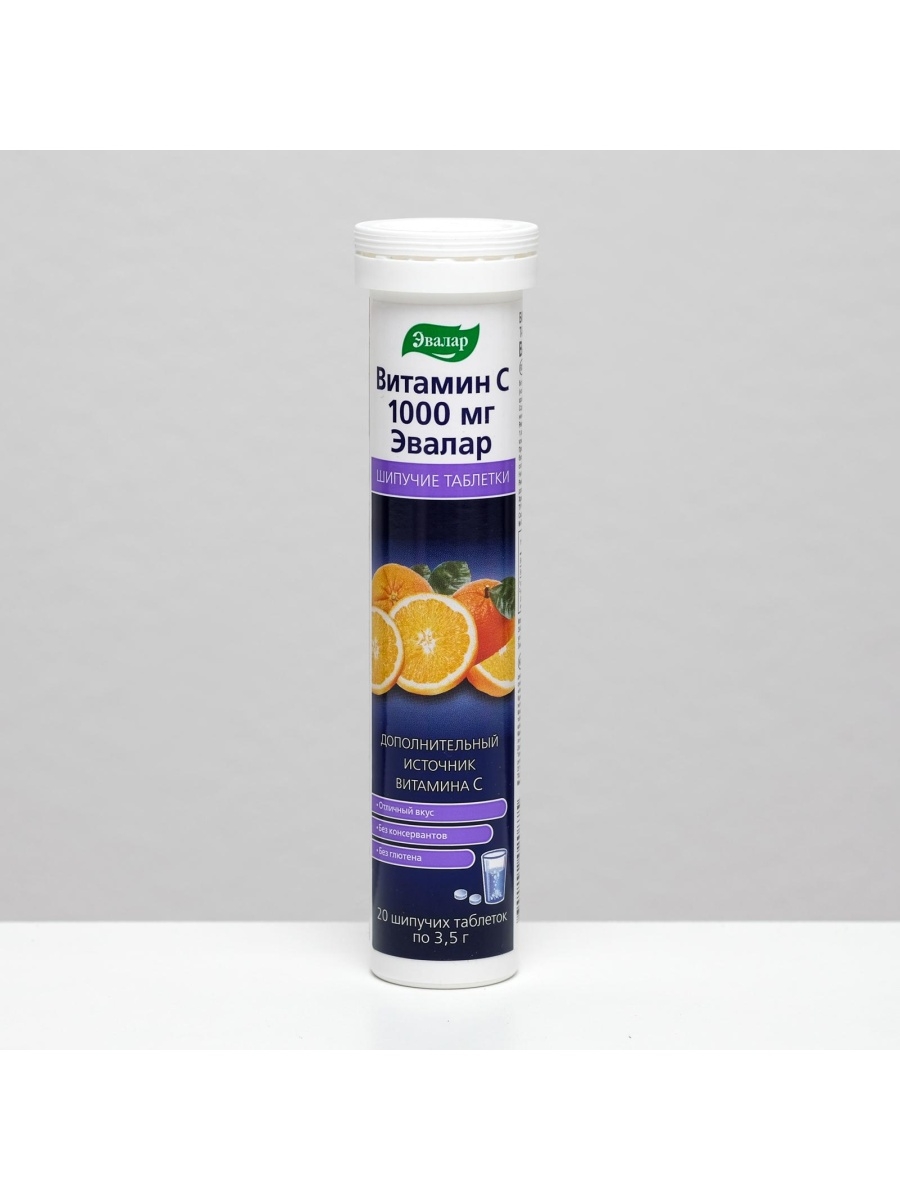

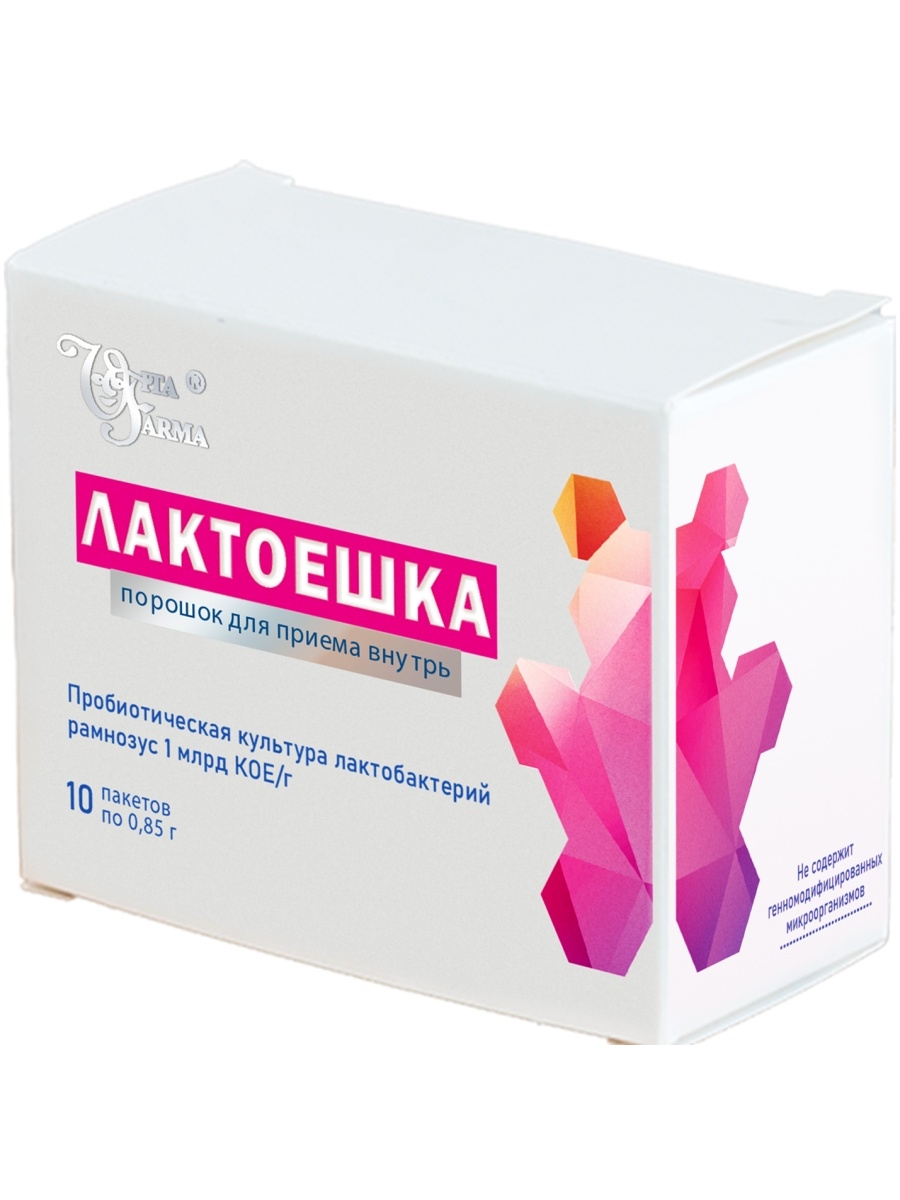





There are no reviews yet.